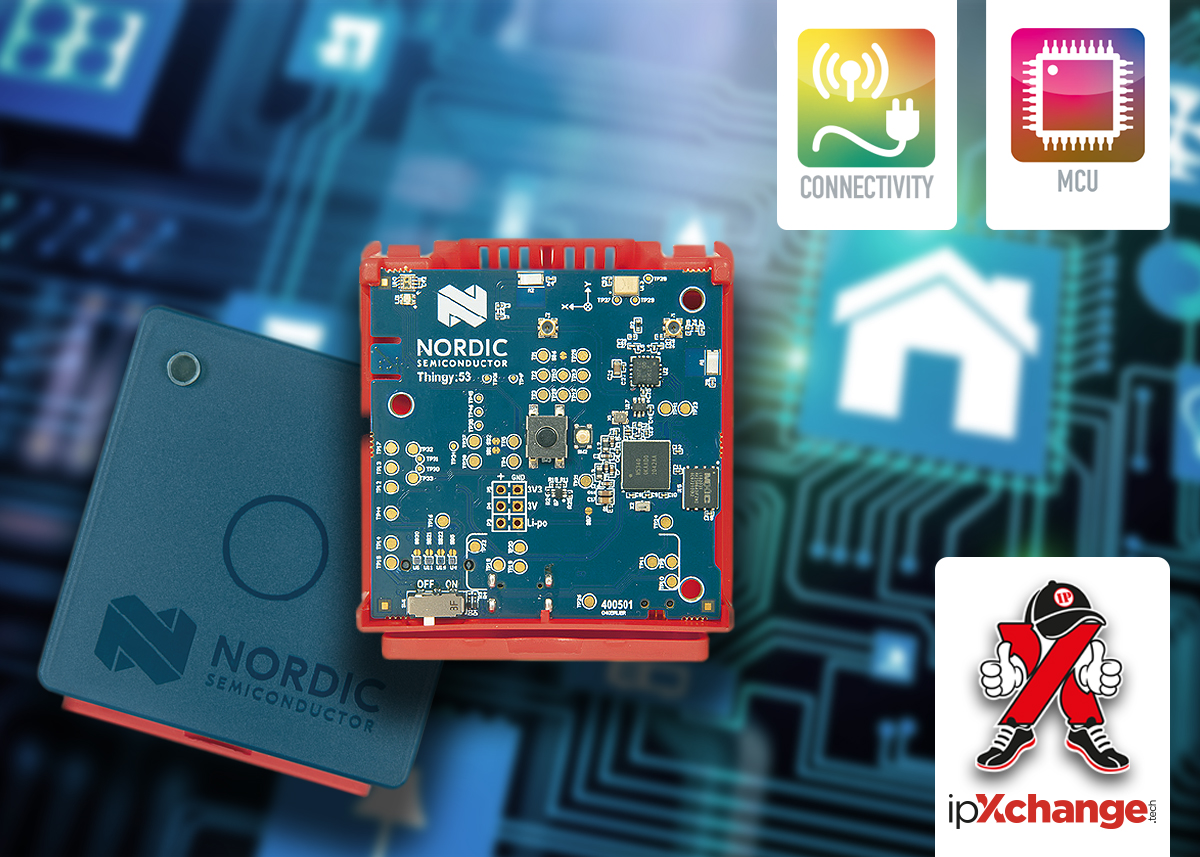Nordic Semiconductor’s Thingies provide a fun, compact solution for rapid development and prototyping when designing IoT devices that are driven by Nordic’s flagship MCU/connectivity options, as well as the platforms that support IoT end products. These pocket-sized boxes enable engineers to quickly and easily create proof-of-concept units that will wow investors and help secure your place in a competitive market.
The Thingies come in four variants: Thingy:91 and 91 X, Thingy:53, and Thingy:52. Aside from their model-specific functionality, the common features of the Thingies are as follows:
- Bluetooth LE and NFC support
- Over-the-air firmware updates via a mobile device (Bluetooth), gateway, or cellular network, depending on the model
- User-programmable button and RGB LED(s)
- Environmental sensors for temperature, humidity, air quality and air pressure
- Colour and light sensor
- Low-power accelerometers
- Rechargeable LiPo battery with 1350-1440 mAh capacity, depending on the model, with the ability to run for months/years on a single charge
- Rugged polypropylene case with a removable splash-proof rubber hood and mounting holes for long-term in-situ testing both indoors and outdoors.
- Online and mobile-app-based platforms to aid development
- Provisioning for your own peripherals to support your application
The model-specific features for each Thingy are summarised below:
Thingy:91 Multi-Sensor Cellular IoT Prototyping Platform
In addition to the common Thingy features, Thingy:91 supports global LTE-M, NB-IoT and GNSS connectivity – coming bundled with an eSIM card from iBasis, preloaded with 10 MB for immediate use – and includes a High-g accelerometer in addition to the standard low-power accelerometer.
Thingy:91 is built around the nRF9160 SiP and comes preloaded with a high-quality asset tracking application to make immediate use of its model-specific functionality. The unit and its SIM can also be managed and monitored using Nordic’s nRF Cloud platform. Learn more about Thingy:91 in this product brief, or for an alternative evaluation platform, check out our board page for the nRF9160 development kit.
Please note that the Thingy:91 supports Wirepas Connectivity Suite for 5G mesh networking, and a new Thingy:91 X featuring the nRF9151 SiP has been recently announced that adds Wi-Fi (including locationing), DECT NR+, fuel gauging, and other functionality to this platform. Details to come soon.
Nordic Thingy:53 Multi-Protocol IoT Prototyping Platform
In addition to the common Thingy features, Thingy:53 supports Bluetooth mesh, Thread, Zigbee, Matter, and proprietary 2.4 GHz connectivity, thanks to the nRF5340 SoC, which features a powerful Cortex-M33 application core running at 128 MHz and a secondary (ultra-low-power) Cortex-M33 network core running at 64 MHz. Along with the other peripherals, Thingy:53 contains an inertial measurement unit and a high-quality MEMS microphone and buzzer for sound input and output.
On top of the standard IoT functionality, Thingy:53 is also capable of performing machine learning (ML) tasks at the edge thanks to the nRF Edge Impulse app, accessible through an iOS or Android mobile device. This allows wireless transfer of sensor data to the cloud for model training. The mobile app also provides the GUI for viewing inferencing results obtained from the ML model. Learn more about Thingy:53 in this product brief.
Nordic Thingy:52 IoT Sensor Prototyping Platform
In addition to the common Thingy features, Thingy:52 contains a nine-axis motion sensor, a speaker, and a microphone. At the heart of the box is Nordic’s nRF52832 Bluetooth 5 SoC which features a 64 MHz Cortex-M4 with FPU and a 2.4 GHz transceiver, making it a powerful basis for IoT prototyping without the cellular and ML specialities of the other Thingies.
Thanks to a simpler build, Thingy:52 offers the most on-board connectors (pin holes) for external interfaces, when compared to the other Thingies. These include various digital and analogue I/Os, I2C lines, and even four N-MOS transistors for driving small motors or LEDs; these can be particularly useful in applications such as home automation. Unlike Thingy:91 and Thingy:53, Thingy:52 does not feature firmware updates via USB connection. Instead, this port is only used to charge the battery. Firmware can be updated via Bluetooth or J-Link connector. Learn more about the award-winning Thingy:52 in this product brief.
If any of the Thingies have sparked your interest in IoT prototyping with Nordic, fill in the form below with details of your commercial project, and ipXchange will be glad to connect you with the Nordic team to assist in your product development.




